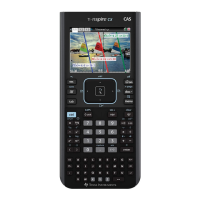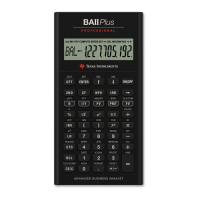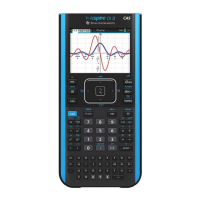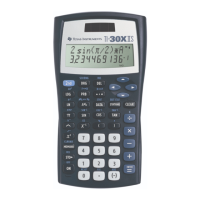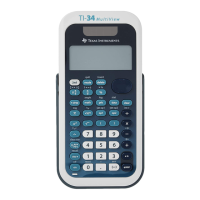8 CBLé System Guidebook
Introduction to the CBL
(Continued)
How the CBL and Graphing Calculators Work Together
The CBL connects to a calculator through the input/output ports on the
calculator and on the bottom left edge of the CBL. The cable used to
connect the CBL and a calculator is the same input/output cable that is
normally used to transfer data between two graphing calculators. This
cable is provided with the graphing calculator.
The CBL is an “intelligent” device with its own microprocessor and
memory for collecting and temporarily storing data. The CBL can be
used to collect data as a stand-alone device and display the results on its
built-in LCD display. But its real power is apparent when it is used
interactively with a calculator.
To control the CBL, you send a list such as {1,2,3} from a calculator to
the CBL. The CBL interprets the lists as commands, which then control
what the CBL does.
There are eight commands defined for the CBL system (
CMD0
to
CMD7
).
These commands tell the CBL such things as which channel to use for
data collection, what kind of data to collect, how often to collect data,
and how many data points to collect.
The elements of the command lists are the parameters for the
commands. The first element of every command list must be the
command number.
The manual trigger option lets you disconnect the CBL from the
calculator to collect data. After the data has been collected, the
calculator can be reconnected and the data retrieved from the CBL.
Communicating with CBL
Commands are sent to the CBL using instructions appropriate for the
calculator. Refer to the CBLé Compatible Calculators Guidebook or the
TI website at www.ti.com/calc/docs/sgraph for information specific to
your calculator.
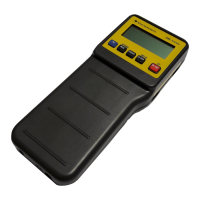
